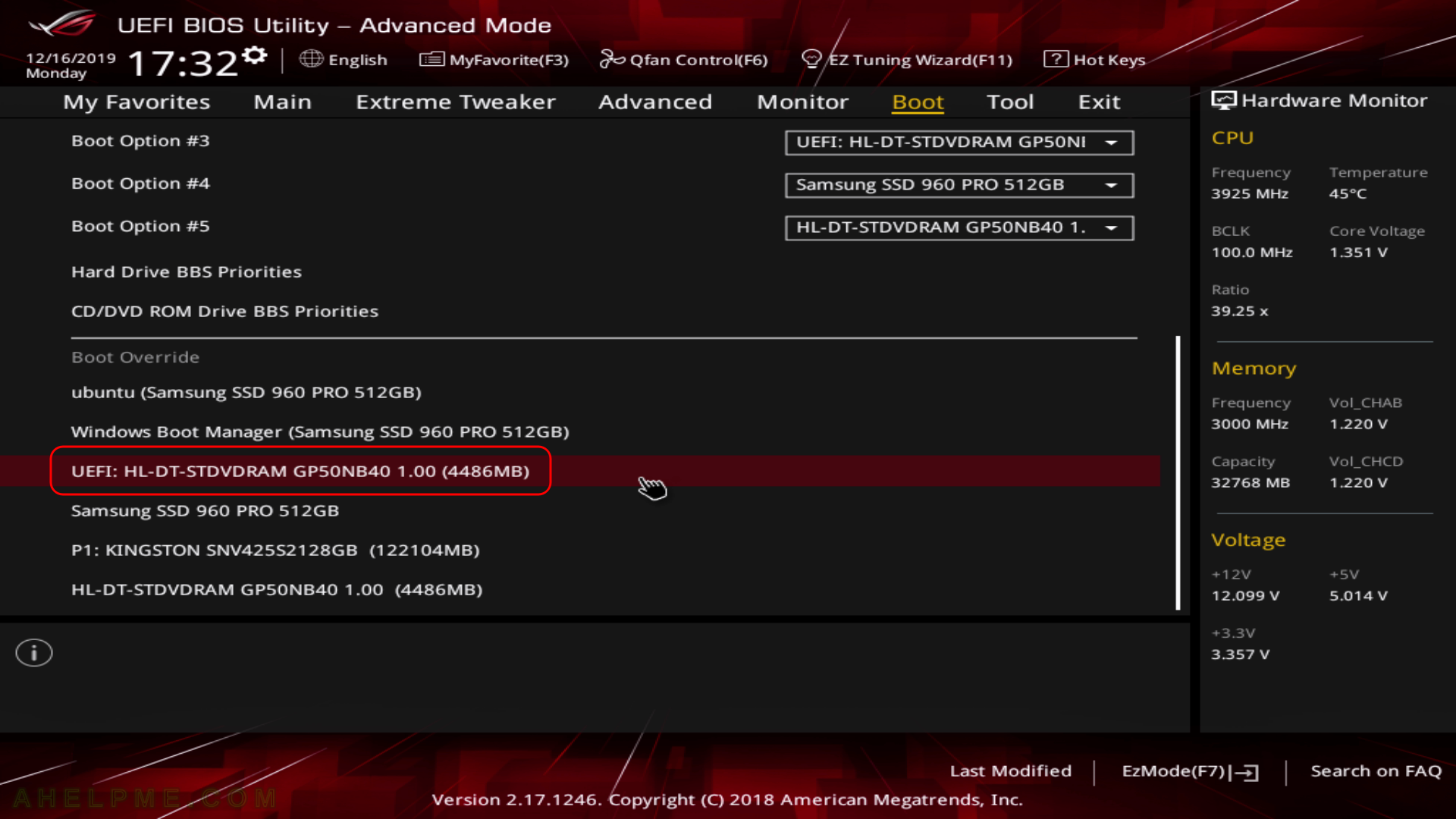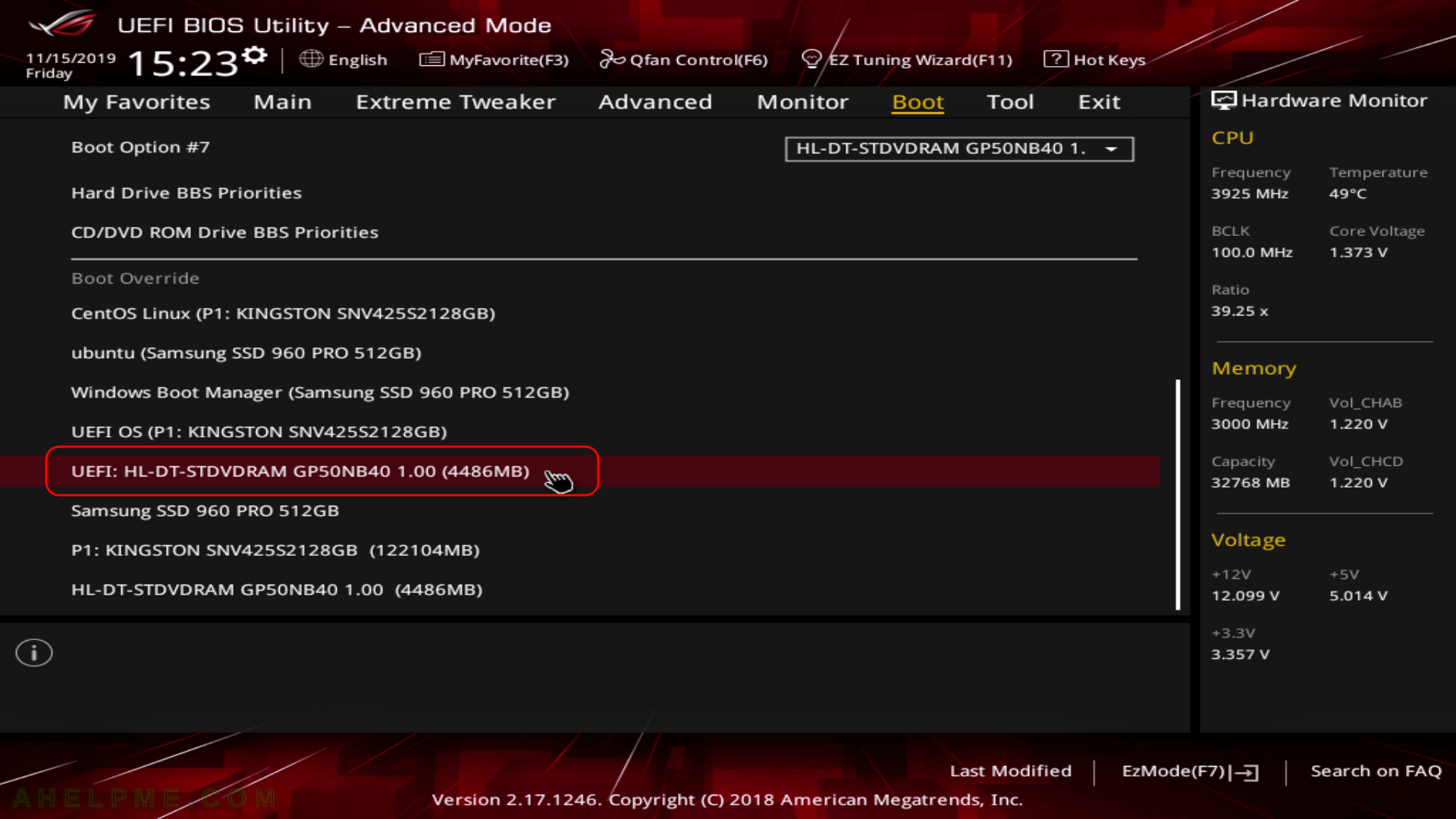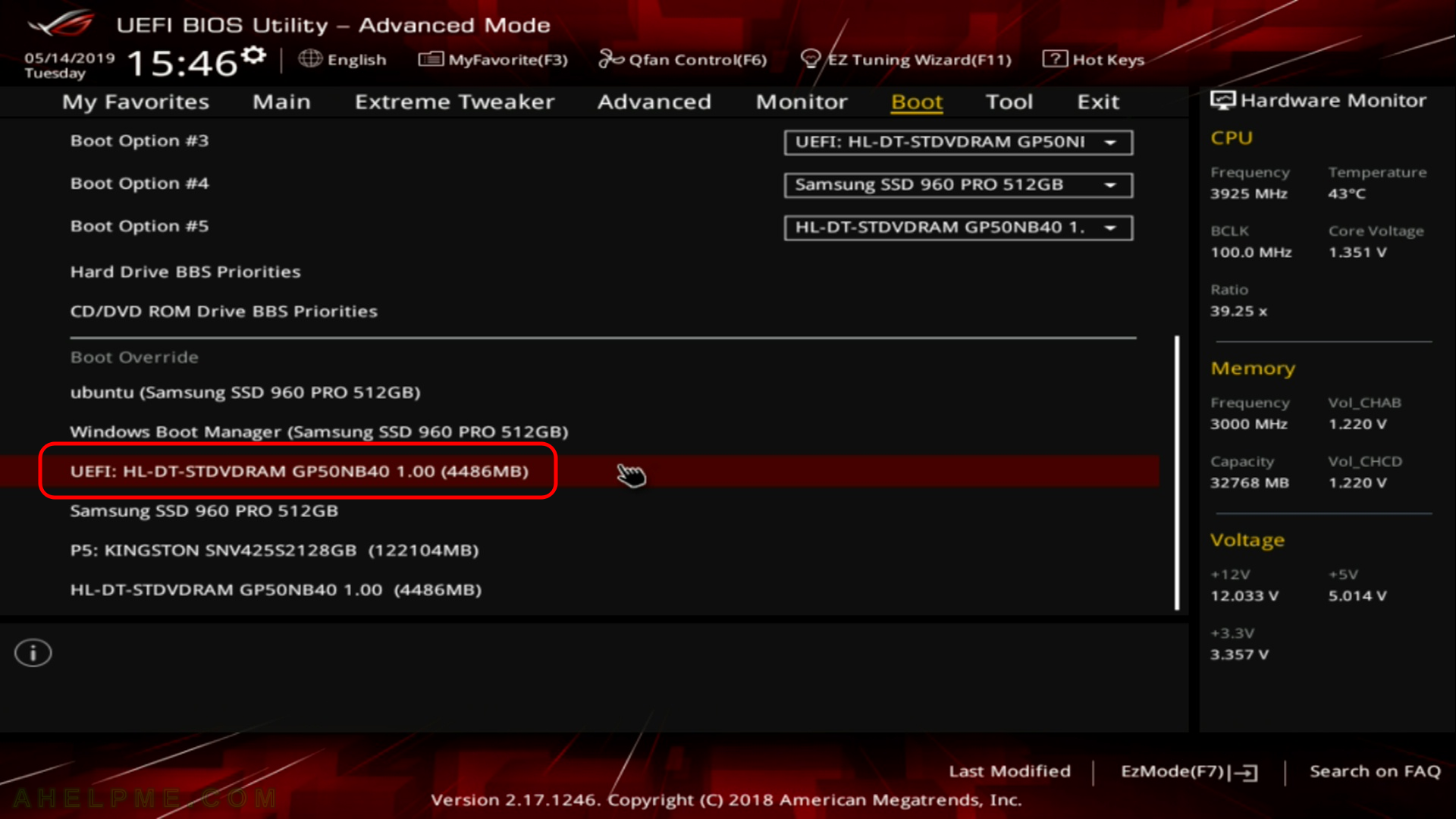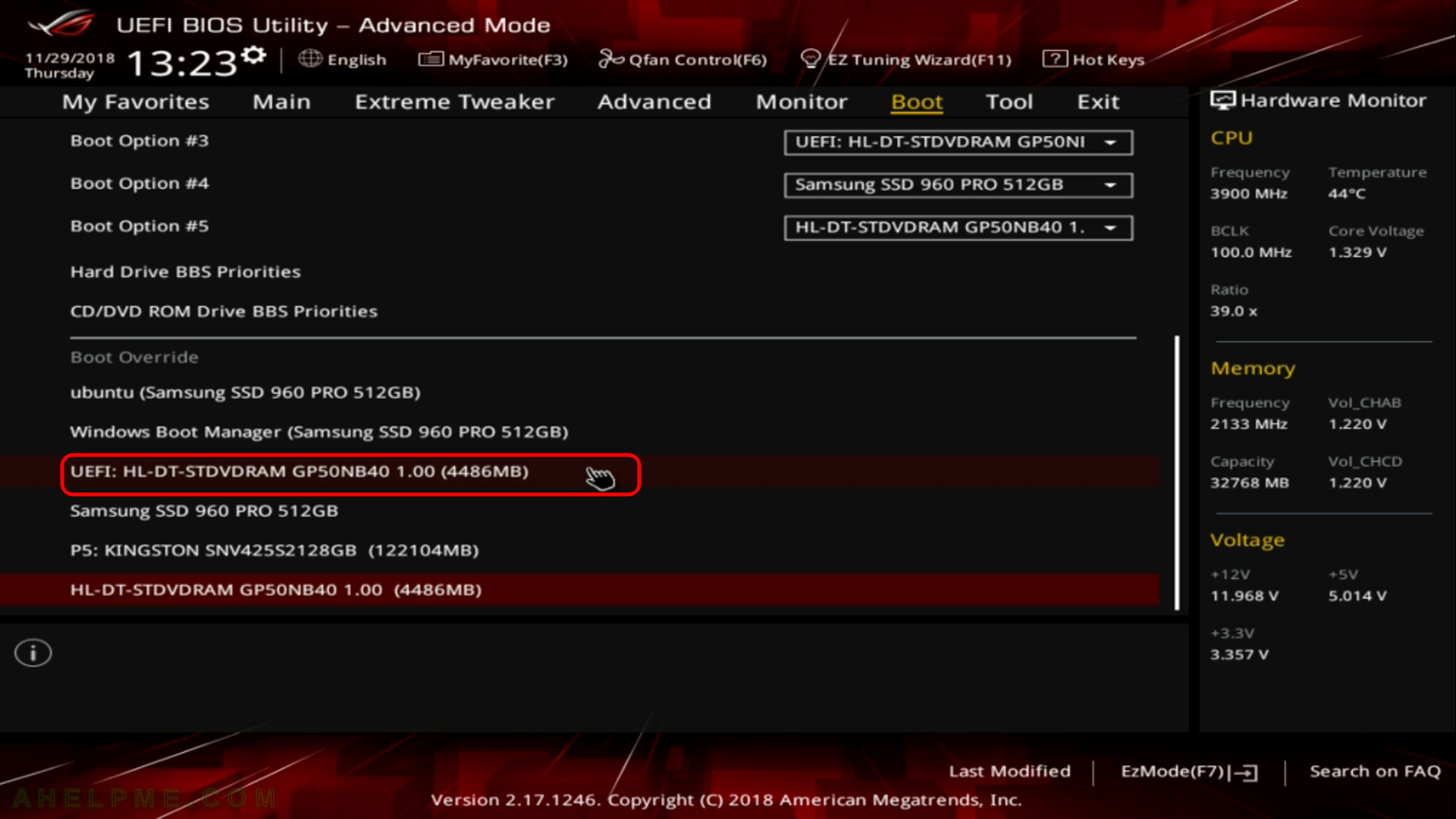This tutorial will show you the simple steps of installing a modern Linux Distribution Fedora 31 KDE Plasma Desktop with KDE for the user graphical interface. First, we present the basic steps for installing the Operating system in addition to your present operating systems (here we have two: Windows 10) and then you can see some screenshots of the installed system and the look and feel of it. We have another tutorial showing more screenshots of the installed and working Fedora 31 (Gnome and KDE plasma) – so you can decide which of them to try first – coming soon.
The Fedora 31 KDE Plasma Desktop comes with
- Xorg X server – 1.20.5 XWayland is used by default
- linux kernel – 5.3.7
- KDE Plasma version: 5.16.5
- KDE Frameworks version: 5.61.0
- QT version: 5.12.5
The installation process is very similar to the old Install Fedora 27 KDE Plasma Desktop and Install Fedora 29 KDE Plasma Desktop (KDE GUI). Our system is relatively new – Asus X399 with AMD Ryzen Threadripper 1950X and NVIDIA 1080 TI and the setup loaded successfully and there were no problems till the end.
We used the following ISO for the installation process:
https://download.fedoraproject.org/pub/fedora/linux/releases/31/Spins/x86_64/iso/Fedora-KDE-Live-x86_64-31-1.9.iso
It is a LIVE image so you can try it before installing it. The easiest way is just to download the image and burn it to a DVD disk and then follow the installation below:
SCREENSHOT 1) Here is our “UEFI BIOS->Boot->Boot Override” and in most modern motherboard you can choose to override the default boot devices.
Choose the “UEFI: HL-DT-STDVDRAM…” to boot and install Fedora KDE Plasma Desktop 31 with UEFI support. You should do this, because most of the new hardware like video cards would not work properly without beeing in UEFI mode.

Keep on reading!






